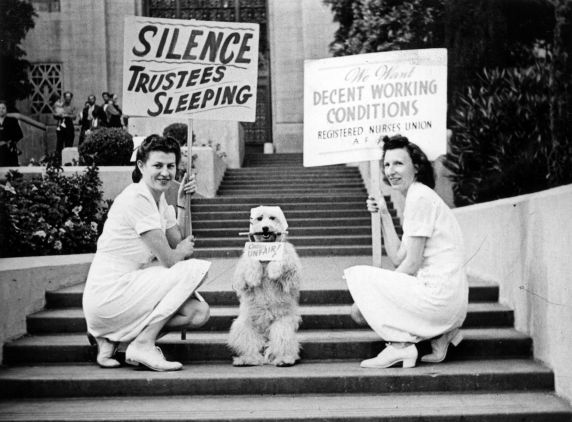
From the SEIU Archives at Wayne State University’s Walter P. Reuther Library.
This Monday, September 4, we’re celebrating Labour Day! “Labour” is another word for “work.” This global holiday began in the 1800s, back when it was legal to hire kids like you to perform dangerous jobs from sun-up to sundown, often for just a few pennies a day!
Grown-ups also faced unsafe workplaces, low pay, and long hours. Some of these workers formed groups called “unions,” joining together to demand fair pay, safe places to work, and enough time to rest.
Because of the labour union movement, kids in Canada and the United States can go to school instead of worrying about making money to support their families. Plus, grown-up workers have more rights. This is what we celebrate on Labour Day!
But it’s not just people who work! For thousands and thousands of years, animals have helped humans do their jobs. This Labour Day, we’re spotlighting five hard-working animal heroes!
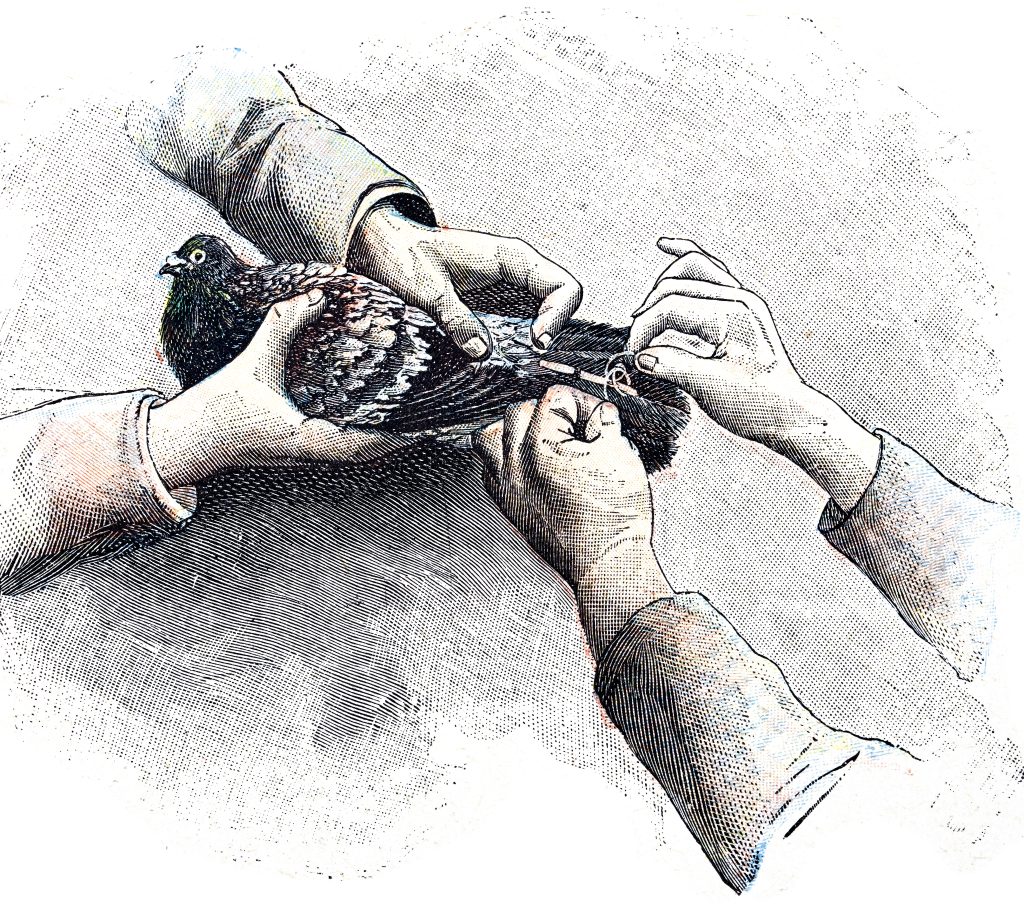
Pigeon Post
You can find the humble pigeon in huge swarms on any city street. Lots of people think of these birds as pests. Some even call pigeons “flying rats!”
But pigeons have a special ability: they can find their way home from hundreds of miles away – no map necessary! They can also fly as fast as 97 kilometres per hour. Long before planes, trains, or automobiles were invented, people relied on the quick and precise pigeon to deliver their mail! They simply tied a note to the bird’s feet or tail feathers, then let them fly!
In Ancient Greece, pigeons proclaimed the winners of the Olympics. In 1860, Paul Reuter, the founder of the Reuters news service, used a fleet of pigeons to send and receive news reports. And all throughout history, from the time of Genghis Khan to the modern day, pigeons have carried crucial strategic messages during battles. During World War II, 32 pigeons received the Dickin Medal for Gallantry for transmitting crucial messages that helped the Allied Forces defeat the Nazis!
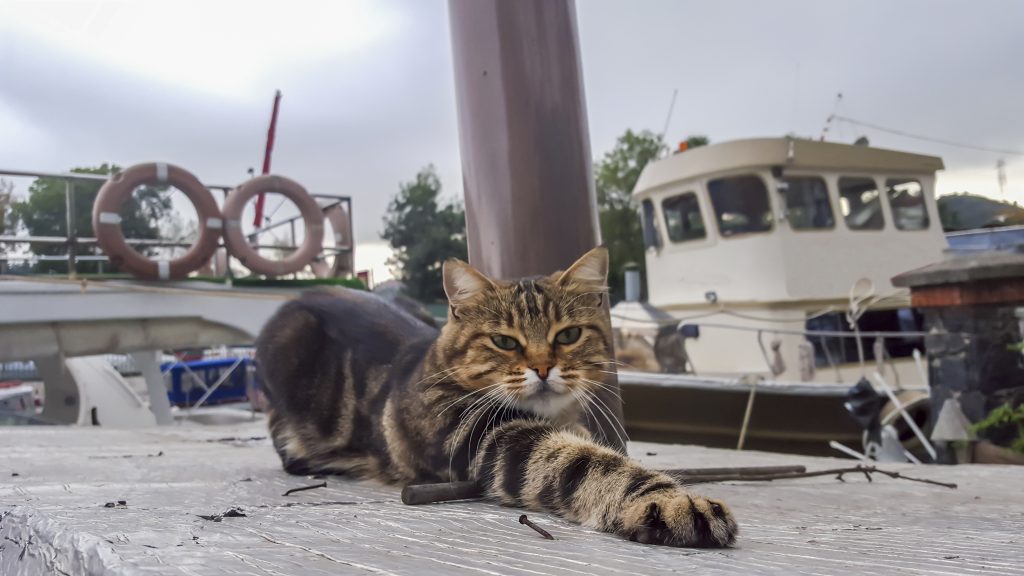
Ship’s Cats
We all know that cats love mice – and throughout history, this has made them very useful on ships!
On long sea voyages, sailors can only bring a limited amount of food. If mice get into that food supply, sailors could go hungry or get sick! That’s why, ever since ancient times, voyagers have brought cats aboard their ships. A good ship’s cat catches mice and gobbles them up, keeping the ship’s food stash safe for sailors!
Francesco Morosini, a famous naval commander from the 1600s, loved his cat Nini so much that he never set sail without her! When Nini passed away, Morosini had her mummified with a mouse between her paws.
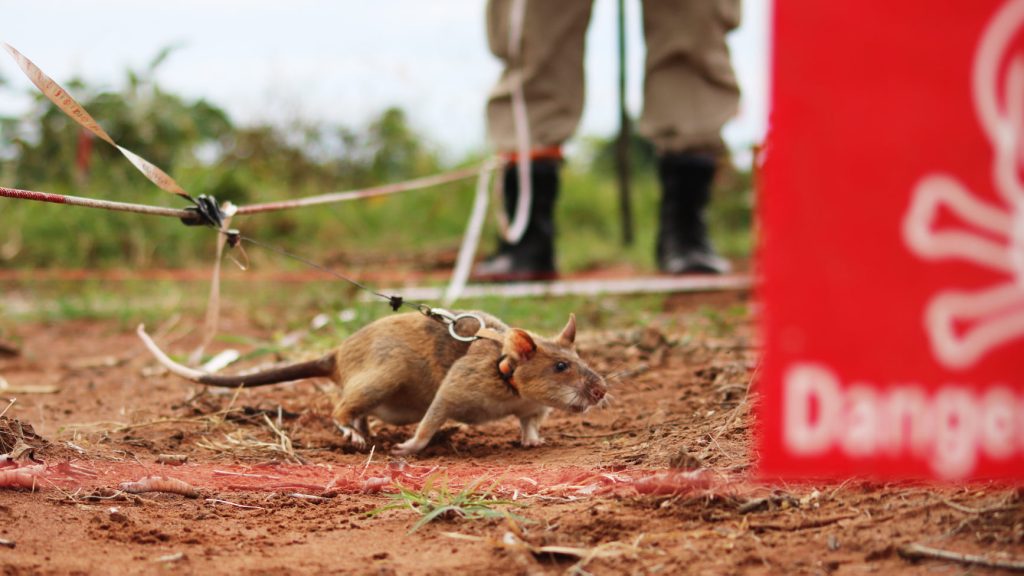
Rats… for Peace?
Would it surprise you to learn that rats are leading anti-war efforts all over the world?
Rats may get a bad rap, but they’re helping peace activists all over the world disarm dangerous weapons known as land mines. A land mine is an explosive device that soldiers bury in the ground. When a person walks over a hidden land mine, it explodes!
That’s where rats come in! These tiny rodents don’t weigh enough to set off a land mine. They can sniff out these dangerous devices without causing an explosion! When a rat finds a land mine, it scurries back to a team of workers, who then remove the land mine safely, so nobody gets hurt.
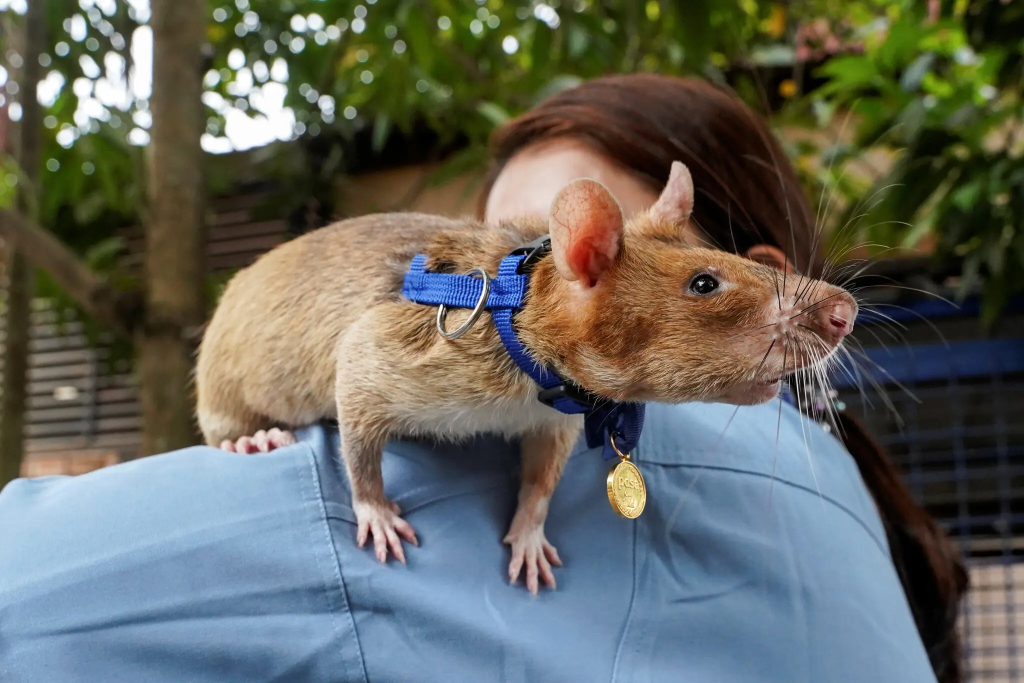
One heroic rat, Magawa, sniffed out more than a hundred land mines during his five-year career. He saved countless lives and even won a gold medal from the People’s Dispensary for Sick Animals. Pretty good for such a little guy, don’t you think?
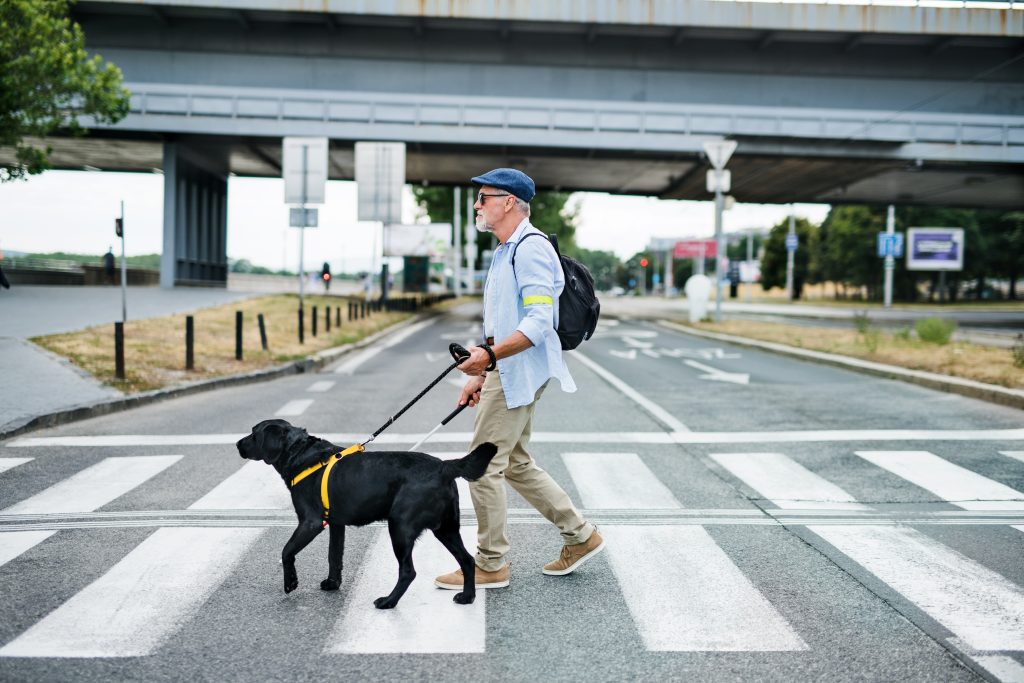
Guide the Way, Dogs!
Hundreds of millions of people around the world are blind or have low vision. They use assistive tools to navigate through the world and avoid obstacles. Some blind people sweep white canes across their paths to make sure the way is clear. Other people use guide dogs, also known as seeing-eye dogs, for the same purpose. Blind people tell their dogs where they’d like to go. Then the dog finds a safe route and leads the way!
Using guide dogs, blind people can take care of their day-to-day needs on their own, which makes them confident in themselves. Dogs also help blind people relax while exploring unfamiliar places. Many blind people also say that having a guide dog helps them make friends–a dog is a great conversation-starter!
Just remember that guide dogs aren’t pets: they’re hard at work! Never touch, feed, or distract a guide dog. These clever canines need to focus on helping their handlers!
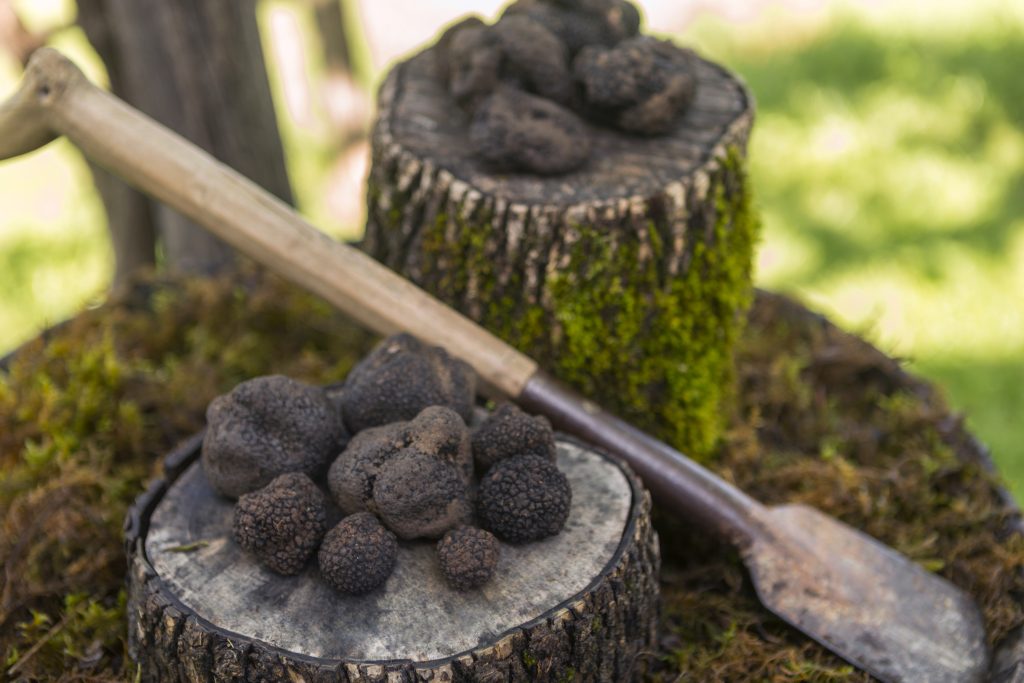
Quit Hogging the Truffles!
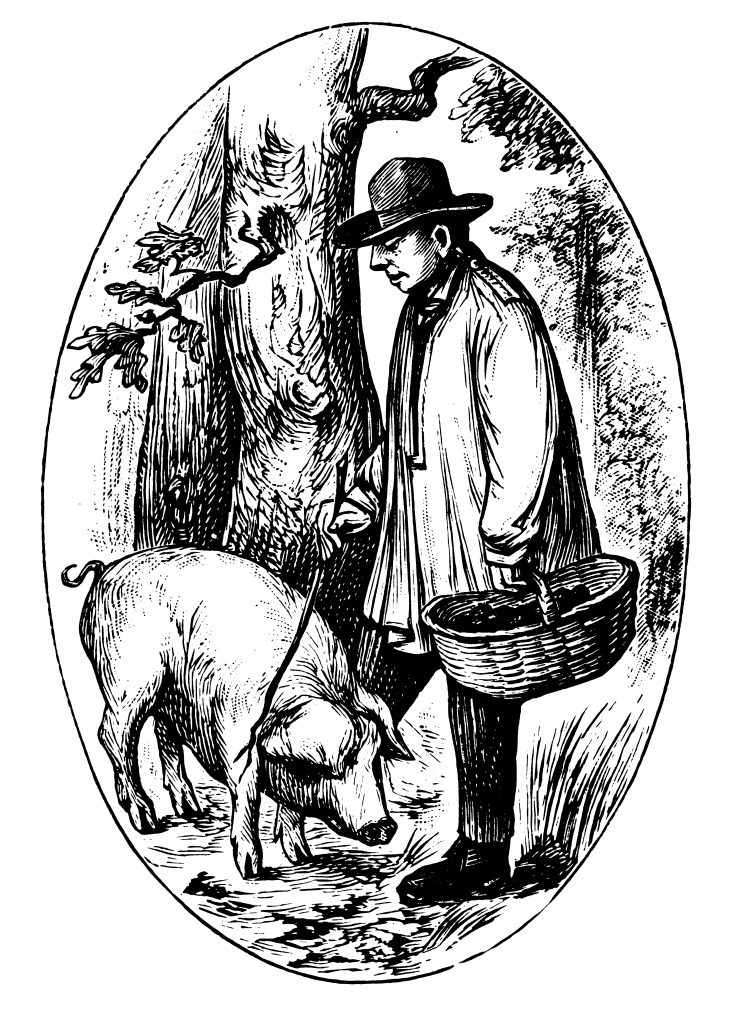
Have you ever tasted a truffle? No, not the chocolate kind! This funny-looking fungus is actually a delicious, savoury food, with a taste somewhere between garlic and roasted nuts.
Chefs all over the world use truffles in haute cuisine, and certain special truffles are worth hundreds–or even thousands!–of dollars per pound.
But truffles can be hard to grow on farms, and even harder to find in the wild. That’s because they need special conditions to thrive, deep in the soil beneath the roots of trees.
So how do we harvest these tasty treats? Easy: With truffle hogs!
Pigs have an amazing sense of smell, and they can sniff out a truffle’s distinctive scent as deep as three feet underground! Plus, they love to root through the earth for food, which makes them naturally great at digging up these delicacies.
Some pigs!


wow